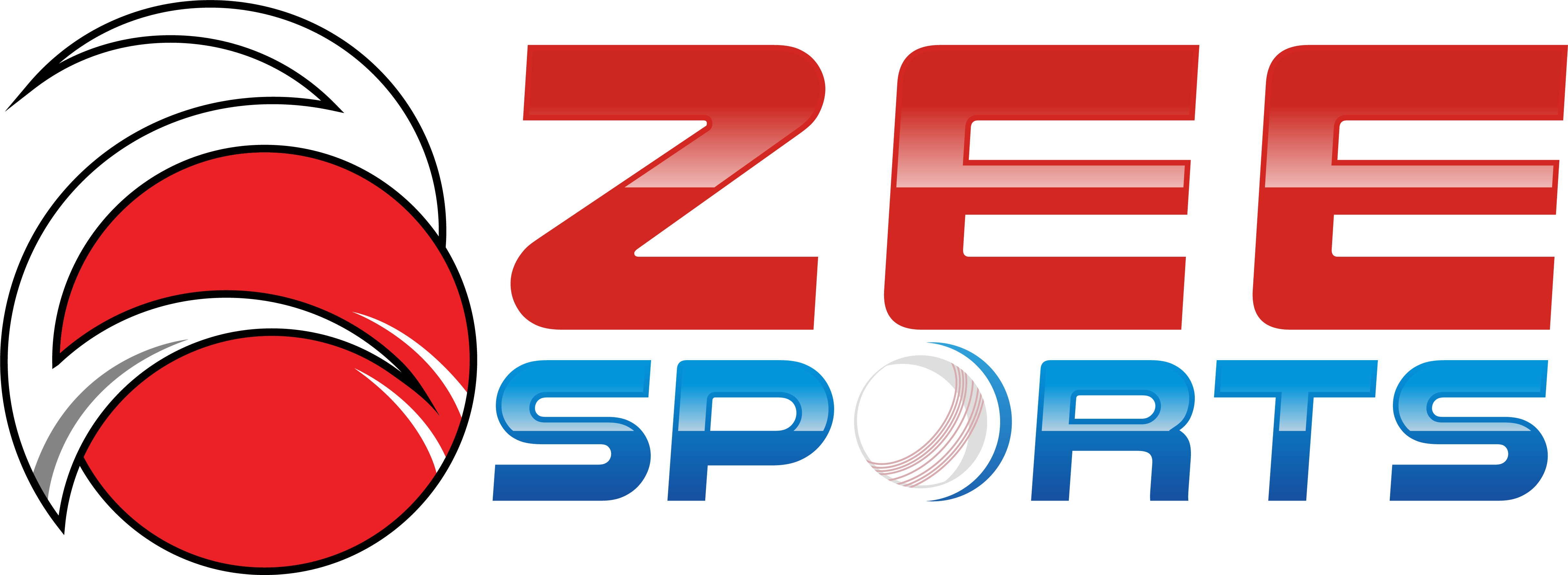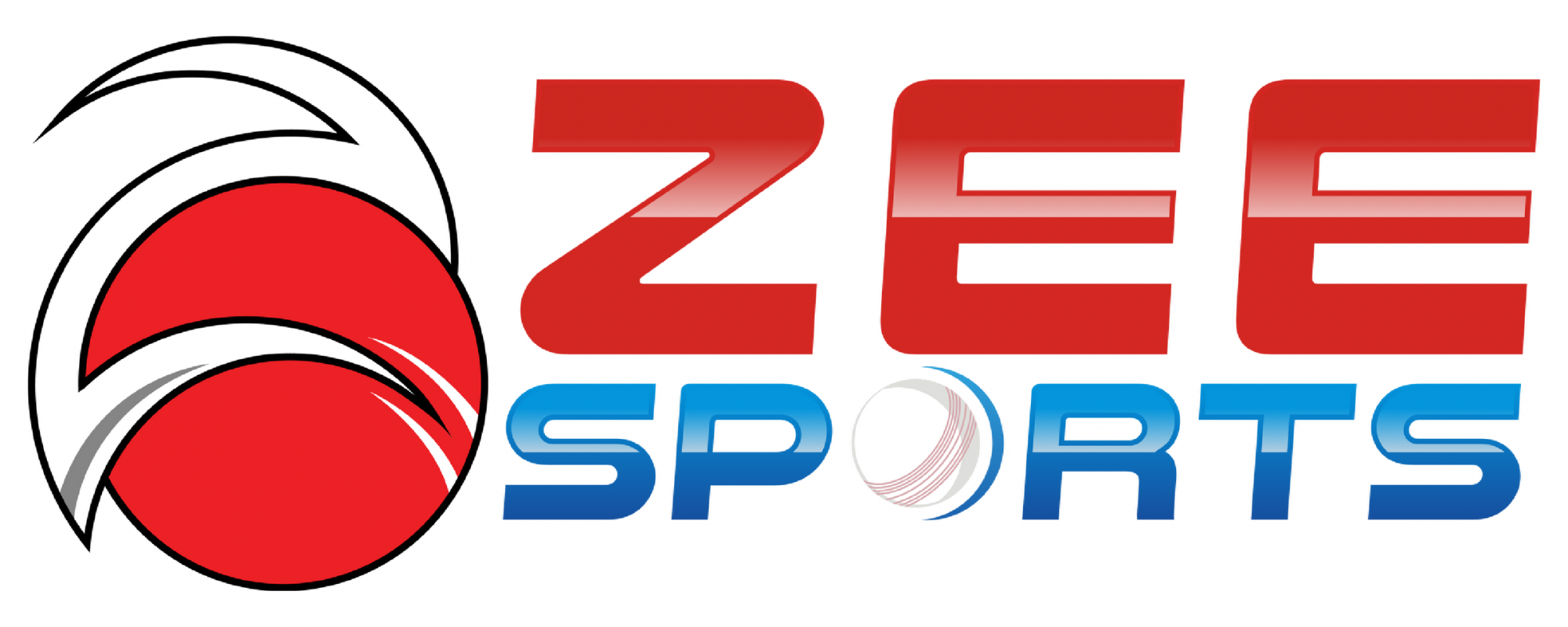GUIDE/CHART FOR CRICKET BAT SELECTION
- Selecting the right size and weight of a bat is crucial for a player to deliver effective swings and score runs. It is important to choose a bat that is appropriate in weight and size to ensure a clean strike and fluid movement. Additionally, a lighter bat can improve the player's speed between the wickets. However, a larger bat may impede the player's ability to perform at their best, when choosing a bat, it is important to select one that is the correct size and weight for the player.
- Bat Size: The size of the bat should be proportional to the height of the player. It's important to choose the right size for proper balance, control, and power. A bat that is too heavy or too light can affect your performance.
- Willow Grade: The quality of the willow wood used in the bat is important. The better the quality of willow, the better the performance of the bat. The best quality willow is known as grade one, while lower quality willows are graded two to five.
- Bat Shape: The shape of the bat can impact your game. A traditional cricket bat has a long, straight blade and a curved handle. Some bats have a shorter blade or a more exaggerated curve, which can affect your batting technique.
- Bat Handle: The handle of the bat should be comfortable to grip and provide good control. It's important to choose a handle that suits your grip and batting style.
- Brand and Price: There are many brands and price ranges available for cricket bats. Choose a brand that you trust and can afford, but also consider the quality and performance of the bat.
- Look for the sweet spot: The sweet spot is the area on the bat that produces the most power when the ball is hit. Look for a bat with a large sweet spot, which will increase your chances of hitting the ball effectively.
- Choose the right material: Cricket bats are typically made from willow wood, but there are different grades of willow available. Choose a bat made from high-quality willow, which will provide better performance and durability.
- Overall, By considering all factors above, players can select a bat that is appropriate for their height and strength. This can help to ensure optimal performance on the field, allowing for clean strikes and fluid movements. Ultimately, the best way to choose a cricket bat is to try it out. Make sure it feels comfortable, balanced, and provides good power and control when you're batting.
BAT CHART ▼
| Bat Size | Players Height | Handle | Face Width | Total Length |
|---|---|---|---|---|
| 1 | up to 4'3" | 81/4 | 88-90mm | 25 1/2 |
| 2 | 4'3"-4'6" | 81/2 | 88-90mm | 27 |
| 3 | 4'6"-4'9" | 9 | 95-97mm | 28 1/2 |
| 4 | 4'9"-4'11" | 91/2 | 95-97mm | 29 1/2 |
| 5 | 4'11"-5'2" | 10 | 100-102mm | 30 1/2 |
| 6 | 5'2"-5'6" | 101/2 | 100-102mm | 31 1/4 |
| Harrow | 5'6"-5'8" | 11 | 101-104mm | 32 3/4 |
| Short Handle (SH) | 5'8"-6'2" | 111/2 | 105-108mm | 33 1/2 |
| Long Blade (LB) | over 6'2" | 111/2 | 105-108mm | 34 1/4 |
| Long Handle (LH) | over 6'2" | 121/4 | 105-108mm | 34 1/4 |
| LB LH | over 6'4" | 121/4 | 105-108mm | 35 |

↔
SIZE CHART FOR BATTING AND WICKET KEEPING PADS
PADS GUIDE
- Size: It is essential to buy pads that fit correctly. Ensure that you measure your leg's length from the ankle bone to the knee cap and choose a pad that matches your measurements. The pad should cover the entire front of your leg, from the ankle bone to the knee cap.
- Material: The material of the pad is also crucial. Pads are usually made of foam or cane, with foam being the more lightweight option and cane providing better protection. Look for pads that have multiple layers of foam and cane, as they offer the best protection.
- Knee Roll: Check for the knee roll on the pad. A knee roll is a raised section of padding that runs down the centre of the pad's knee area. Look for a pad with a knee roll that aligns with your knee cap to ensure maximum protection.
- Straps: The straps on the pad should be comfortable and adjustable. They should be easy to fasten and unfasten, and allow for a secure fit.
- Weight: The weight of the pad can impact your performance. Look for lightweight pads that do not hinder your movement on the field.
- Brand: Look for pads from a reputable brand known for producing high-quality cricket equipment.
- Purpose: Decide whether you need batting pads or wicket keeping pads. While they may look similar, wicket keeping pads are usually shorter and more lightweight to allow for better movement behind the stumps. Batting pads, on the other hand, are designed to offer maximum protection to the batsman's legs.
- For example, a player who is 175 cm tall and 15 years old may fit into either a Small Adult or a Youth size leg guard. It is recommended to try on both sizes and select the one that provides the best fit and protection. It is important to ensure a snug fit that does not restrict movement or cause discomfort during extended periods of use.
PADS CHART ▼
| Leg Guard Size | Height Range (CMs) | Age Range |
|---|---|---|
| Large Adult | 182+ | 25+ |
| Adult | 170 – 185 | 18+ |
| Small Adult | 160 – 175 | 14+ |
| Youth | 150 – 165 | 12 – 14 |
| Junior | 140 – 155 | 10 – 12 |
| Small Junior | 130 – 145 | 8 – 10 |
| X Small Junior | 120 – 135 | 6 – 8 |
↔
HEAD SIZE GUIDE/CHART FOR HELMETS & HATS
-
Use a soft tape measure: A soft tape measure is the best tool to use when measuring your head for a cricket helmet. Avoid using a stiff measuring tape or a piece of string, as they can give inaccurate measurements.
-
Measure the widest part of your head: To get the most accurate measurement, wrap the tape measure around the widest part of your head, which is usually just above your eyebrows and ears.
-
Take note of the measurement in centimeters: Once you have wrapped the tape measure around your head, take note of the measurement in centimeters. This will give you the correct size for your cricket helmet.
-
Compare your measurement to the helmet size chart: Each brand of cricket helmets has its own size chart. Once you have your measurement, compare it to the size chart provided by the helmet manufacturer to find the right size helmet for you.
-
Try on the helmet: After you have determined the correct size for your head, try on the helmet to make sure it fits properly. The helmet should fit snugly on your head, without being too tight or too loose. It should also cover your forehead and the back of your head, providing full protection.
-
Consider the shape of the head: Every player's head is different, so it's important to choose a helmet that fits the shape of the head. Some helmets are designed for rounder heads, while others are better suited for more oval-shaped heads.
- Remember, a properly fitted helmet can make all the difference in keeping you safe during high-risk activities like batting. So, take the time to ensure your helmet fits correctly and comfortably.
HELMET CHART ▼
| Helmet Size | Head Circumference (cm) | Head Circumference (in) | Age Group |
|---|---|---|---|
| Junior | 52-54 | 20.5-21.3 | 8-15 years |
| Youth/XS | 54-56 | 21.3-22.0 | 12-14 years |
| Small | 56-58 | 22.0-22.8 | 15+ years |
| Medium | 58-60 | 22.8-23.6 | 15+ years |
| Large | 60-62 | 23.6-24.4 | 15+ years |
| Extra Large | 62+ | 24.4+ | 15+ years |
TOWELLING HATS & SUNHATS CHART ▼
| Size | Head Circumference (cm) | Head Circumference (in) |
|---|---|---|
| S | 52-54 | 20.5-21.3 |
| M | 54-56 | 21.3-22 |
| L | 56-58 | 22-22.8 |
| XL | 58-60 | 22.8-23.6 |
↔
GUIDE/CHART FOR BATTING AND WICKET-KEEPING GLOVES
GLOVE GUIDE
- Determine your budget: Cricket gloves come in a range of prices, so it's important to determine your budget before you start shopping. Generally, the more expensive gloves will offer better protection and durability, but may not be necessary for casual players.
- Consider your playing level: If you're a beginner, you may not need the highest level of protection that professional players require. However, if you're an experienced player, you may want to invest in higher quality gloves that offer more protection and durability.
- Look for proper fit: It's important to try on gloves before purchasing them to ensure a proper fit. The gloves should fit snugly but not be too tight, and should not restrict your movement or grip on the bat.
- Check the padding: The amount and quality of padding can vary between gloves. Look for gloves with adequate padding in the areas most susceptible to impact, such as the fingers, thumb, and back of the hand.
- Consider the type of leather: Cricket gloves are typically made of leather, and the type of leather can affect the durability and grip of the gloves. Full-grain leather is the most durable and provides the best grip, while other types of leather may be more affordable but may not last as long.
- Check the ventilation: Some gloves feature ventilation holes or mesh panels to help keep your hands cool and dry during play. If you tend to sweat a lot or play in hot weather, consider gloves with ventilation features.
- Look for additional features: Some gloves may have additional features such as reinforced sections for added protection or extra padding on the wrist for support. Consider any additional features that may benefit your playing style and level.
- Keep in mind that there may be slight variations in glove sizes among manufacturers. However, this guide serves as a helpful reference for selecting the appropriate size.
GLOVE CHART ▼
| Glove Size | Hand Circumference (inches) | Hand Circumference (centimeters) | Cricket Abbreviation |
|---|---|---|---|
| XXS | 5 - 5.5 | 12.7 - 14.0 | Not Common |
| XS | 6 - 6.5 | 15.2 - 16.5 | Juniors |
| S | 6.5 - 7 | 16.5 - 17.8 | Small Men |
| M | 7 - 7.5 | 17.8 - 19.1 | Youth |
| M/L | 7 - 7.5 | 17.8 - 19.1 | Men |
| L | 7.5 - 8 | 19.1 - 20.3 | Large Men |
| XL | 8 - 8.5 | 20.3 - 21.6 | Small/Medium |
| XXL | 8.5 - 9 | 21.6 - 22.9 | Large/Extra Large |
| XXXL | 9 - 9.5 | 22.9 - 24.1 | Not Common |
Still Need Help?
We can help you to find the perfect fit for you.
Email: zeesportsinternational@gmail.com or call (703) 485 4800

